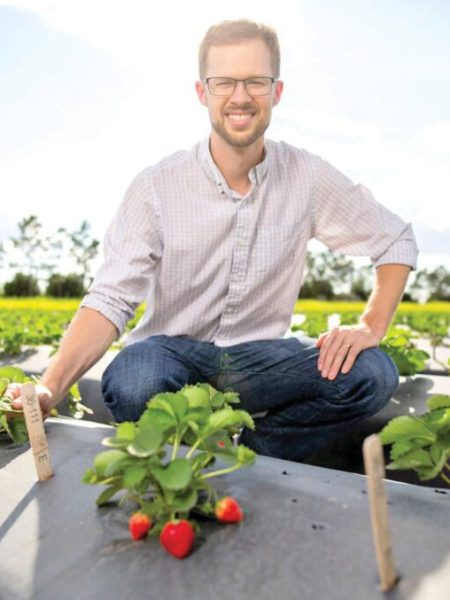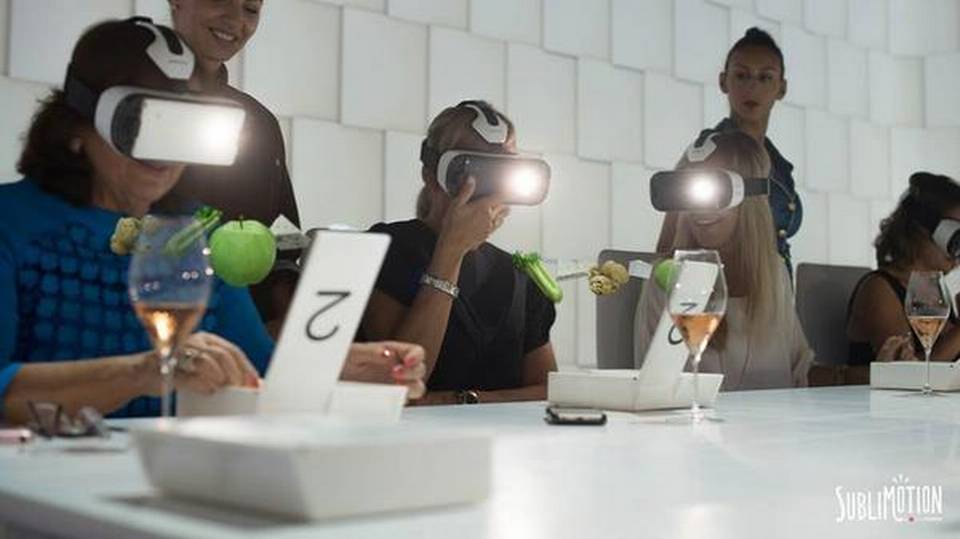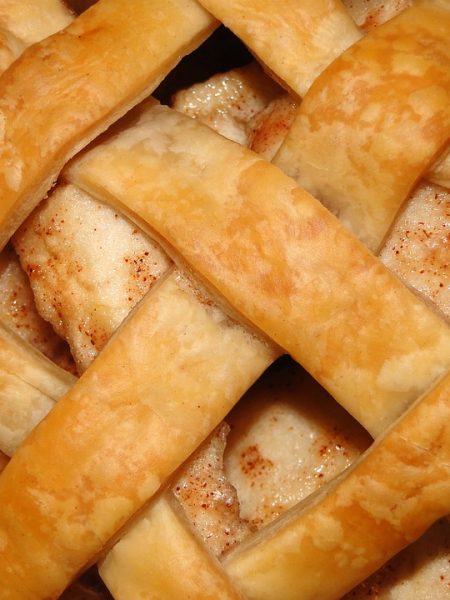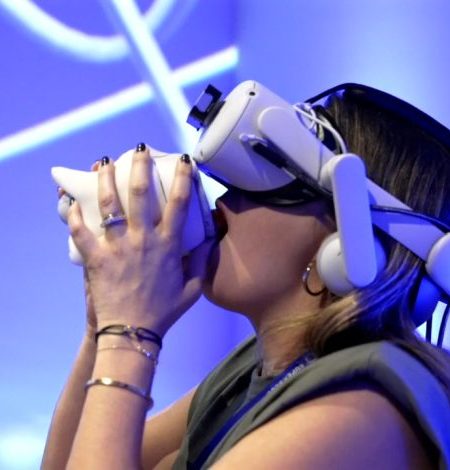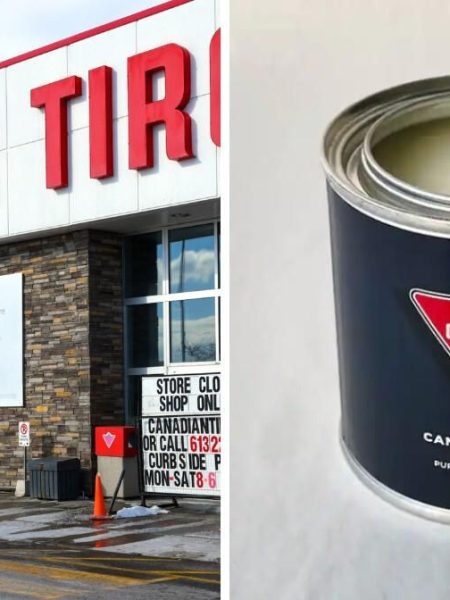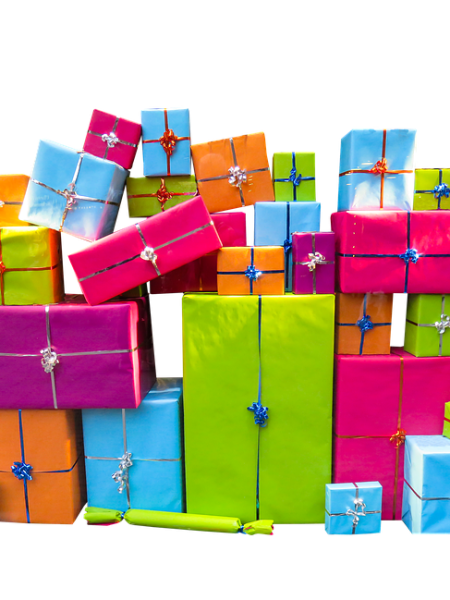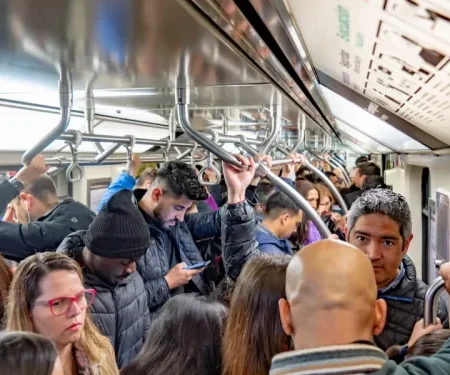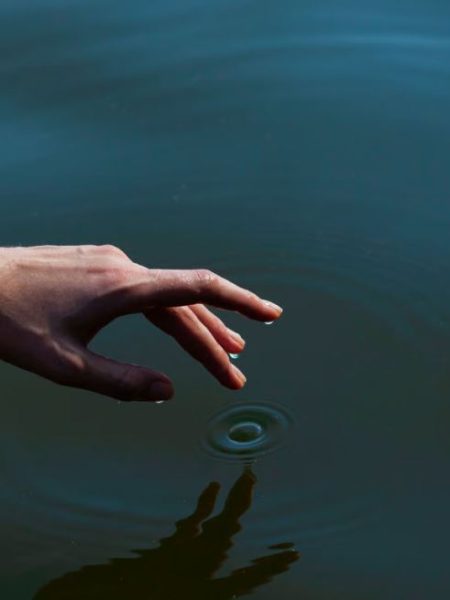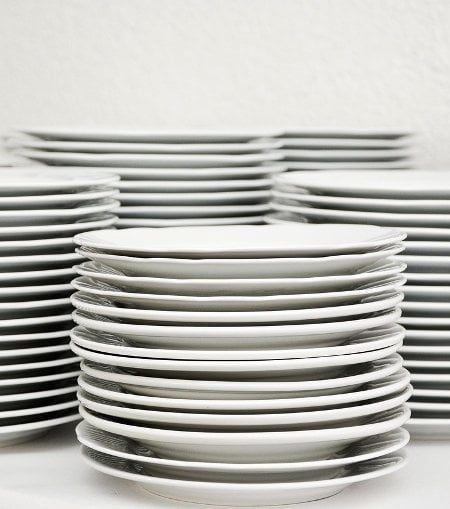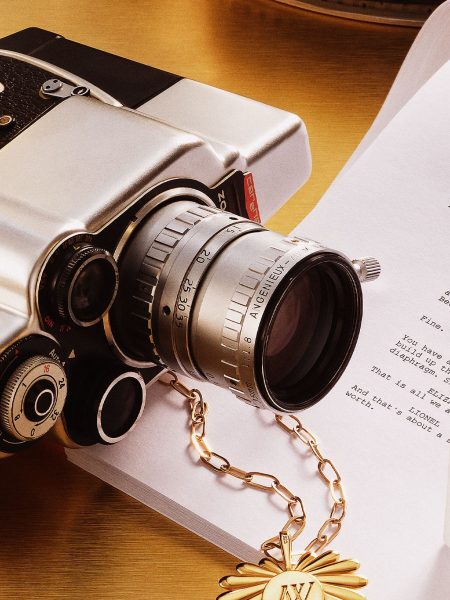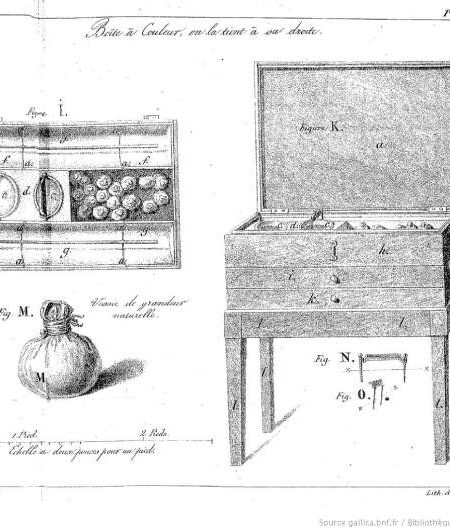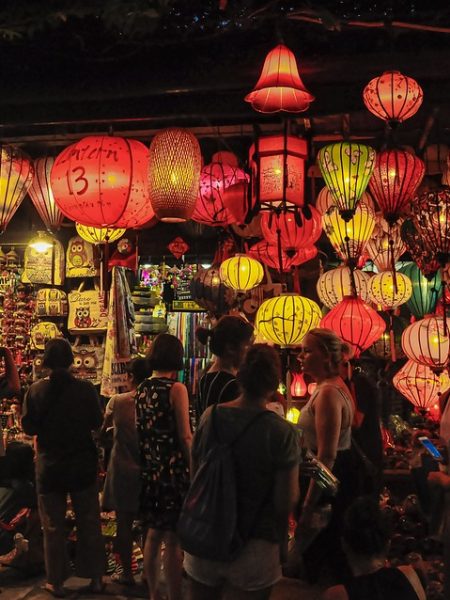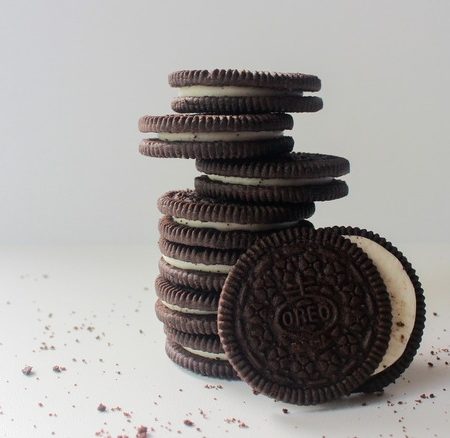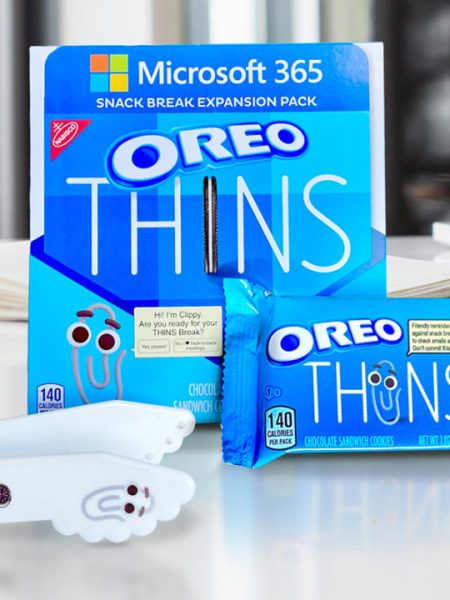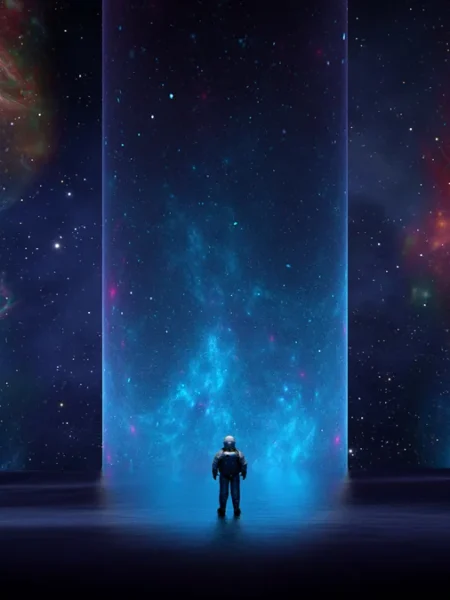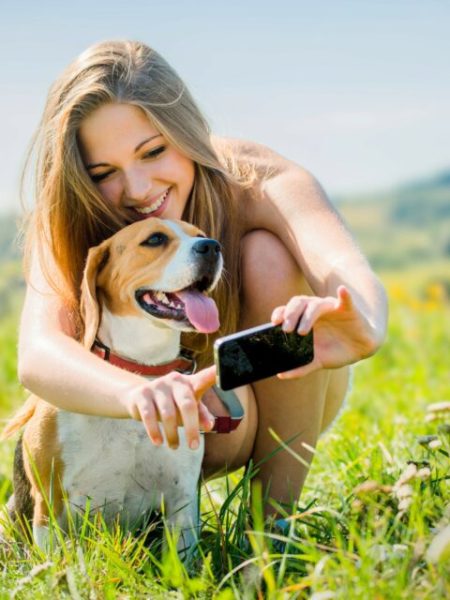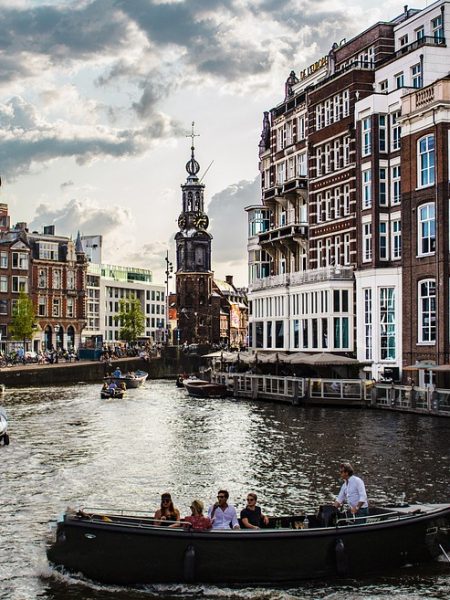VR and AR to the fore at SubliMotion in Ibiza, Spain | Photo Credit: SubliMotion
There’s a rather delicious race featuring technology and food — and the finish line is digital dining. As consumers, we are all for a more immersive meal which converges the best of taste and tech
Dining at SubliMotion is said to be a mind-blowing multi-sensory experience. Touted to be the most expensive restaurant, SubliMotion in Ibiza, Spain, is the brainchild of 2-Michelin-star chef Paco Roncero. A typical meal at SubliMotion is 20 courses long, lasts three hours and costs upwards of $2,000 per person. Diners experience everything from a video intro that diners describe as akin to time-travelling amid 360-degree projections. Sounds like something out of The Jetsons.
SubliMotion, to put it succinctly, is the perfect example of how technology, on so many levels, has pervaded the food industry. In fact, the very vernacular around dining has evolved because of it; at these establishments, you are no longer considered a mere ‘diner’, but a consumer, as you’re immersed in these experiences.
Don’t worry though, you don’t need to break the bank to experience the magical duet of technology and food.
For the attention span
Closer home, you have Loft, a Zee5 Experience, with its host of cafés across multiple Indian cities, and its proud use of gadgetry to pull in diners. They have everything from Xbox and PlayStation consoles to a smoothie cycle (you’ve got to pedal the cycle to power the blender that makes your smoothie) to keep diners engaged. These are ways to engage consumers in more ways than one, points out Ali Zaidi, business head at Loft. He continues, “With the consumer attention span getting leaner by the day, it becomes very important to keep them occupied. One of the most effective ways for us to introduce this novel experience in our cafés was through the infusion of technology and games into our offerings.” Loft also conducts game nights at an outlet level and hosts a gamut of workshops and events.
The smoothie-cycle at Zee5 Loft Experience
While tablets and iPods might not generate much interest, there are restaurant owners who’re upping the ante with interactive tables. Mumbai-based Drinx Exchange’s interactive tables allow diners to tap the table for everything from cricket scores to paying the bill. The screen also gives them offers on drinks available at the bar. At Chennai’s Robot restaurant, robots have replaced waiters, as the droids move around the restaurants speaking to diners and carrying trays of food to respective tables. At Robo Kitchen in Hyderabad, robots simply deliver your food while waiters take your order.
The Beer Café, which has branches across multiple Indian cities, has been using technology for quite some time now to keep their diners engaged. With Brew Miles that diners can rack up on their app, to URBAR which allows them to access a virtual bar, the café has been playing the technology game right. Diners can pay ahead for a set amount of their favourite beverages and use the app to scan the QR code at any Beer Café to get served.
The Beer Café in Saket | Photo Credit: special arrangement
For better choices
Technology has been making its presence felt even at franchised and budget restaurants, with simple things like tablet devices and iPods being used for everything from browsing menus, to taking orders and feedback. Then there’s Dash, a tool that lets diners taste, or rather experience, the food even before they’ve ordered it at a restaurant. Sounds impossible. Monica Narula, who headed food programming at NDTV for several years and the brain behind Dash, says that the idea to create 15-second videos (or ‘fideos’) of dishes being served at restaurants came about when, “people expected me to know everything about every dish just because I was into food programming”. That’s when she along with two other colleagues, Gunjan Mehrish and Noopur Tiwari decided to create “trailers of food offered at restaurants.”
“These videos take them through the complexities of creating a dish, the flavours and textures one can expect, and also throws in trivia related to the food. It works as food porn,” says Monica, “In that sense, Dash is not an app, it’s an appetiser.” In the three years since its launch, Dash is now being used by over 40 brands, including Taj, Marriott, ITC, Mamagoto and Dhaba.An interesting trivia? Dash as an idea impressed Ratan Tata so much that he became a seed investor in the company.
- In the last few years, 3D printing has really taken off in the food industry. There have been several reports of even NASA 3D printing food (where the ‘D’ stands for ‘dining’) including a pizza. While this might seem like it is straight out of a sci-fi movie, edible 3D printing is becoming more popular with both the food industry and consumers. Most food 3D printers use extrusion technology that engages paste-type ingredients. Some of the most commonly printed foods are chocolate, pancakes and pizzas.
Along similar lines, but making use of Augmented Reality (AR) is Yeppar. Launched in 2016, the company began designing menus using AR for restaurants across the country. Today, with over 200 restaurants on board across India, Lisbon, Shanghai and UAE, Yeppar provides diners a realistic image of what their food will be like. “We’re all about integrating AR in experiential marketing. Our AR menus help people visualise what a dish will look like at a restaurant,” says Ankush Sharma, CEO of Yeppar. “Often, you read about a dish on the menu, but despite the description, what one gets might be very different from what one expects. Since you can’t really return food once ordered, it helps to be able to visualise it before you order. Yeppar provides diners a 3D image of the food, ingredients, nutritional value and also what to pair it with to help them arrive at a decision.”
Ankush believes that one of the biggest challenges faced by retail these days is not the quality of products, but how to best engage customers. “Technology excites people and can offer a lot of gimmicks. Earlier restaurants would have live ghazals; that might be passé now. But given the technology-driven world we live in, it is the perfect way to provide people with a wholesome experience.”
The successfully-tested drones for food pick-up by Zomato | Photo Credit: special arrangement
Then there are the drones. In December last year, Zomato acquired TechEagle, a Lucknow-based drone startup, to help it create a “hub-to-hub delivery network powered by hybrid multi-motor drones”. A couple of weeks ago, they also successfully tested this technology. The drone could cover a distance of five kilometres at a speed of 80 kilometres per hours with a payload of five kilograms. The test was carried out as per DGCA norms. The drone has inbuilt sensors and an onboard computer to sense and avoid hurdles. It is also capable of taking off vertically like a helicopter.
If all goes well, the next time you order food, you’ll have a drone hovering outside your door. Don’t forget to give it a five-star rating!
Source: How Virtual Reality and Augmented Reality are upgrading the food and dining scene – The Hindu
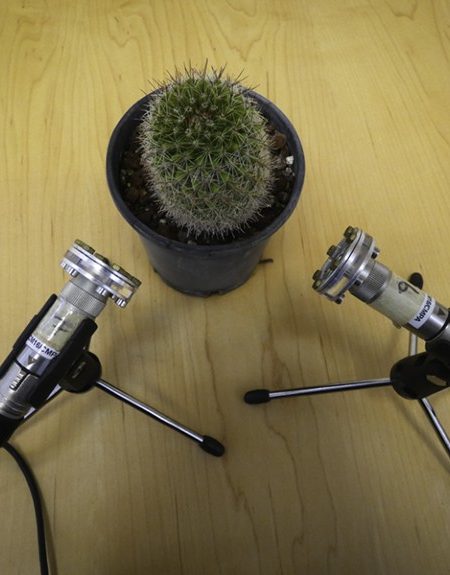
Stressed plants ‘cry’ — and some animals can probably hear them | Nature
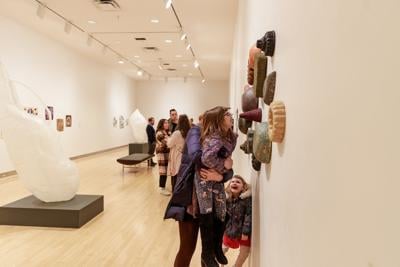
Art made from mushroom foam, walnut ink and more featured in Sustainable Studios exhibit | lancasteronline.com
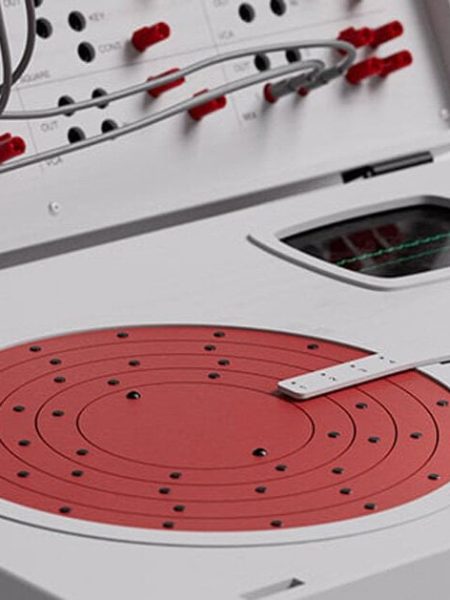
love hultén’s CHD-4 drum machine turns patients’ heartbeats into rhythmic soundscapes | Designboom

Aroma Shooter Let’s You Smell Smell Games, Movies, Anime, and More | Hypebeast
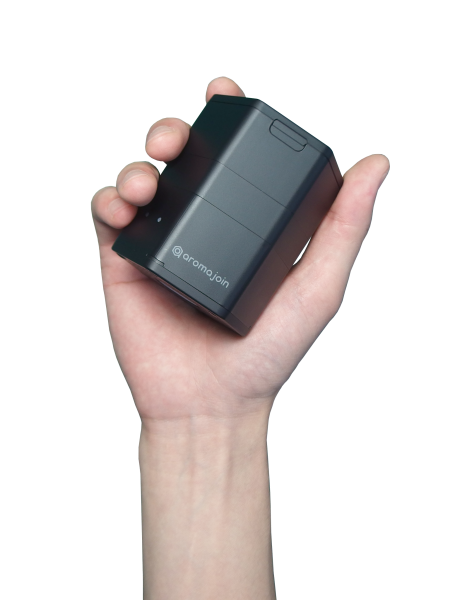
Aromajoin brings scents to match the mood of videos with AromaPlayer | Venturebeat
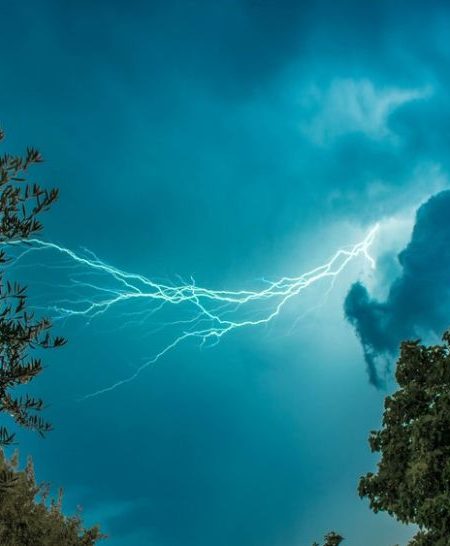
Plant leaves spark with electricity during thunderstorms — and that could be altering our air quality in unpredictable ways | Live Science
